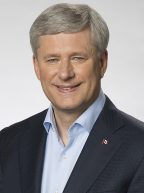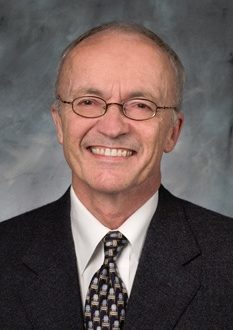Finn Kydland keynote speaker
- Economics of Institutions
- International Economics
- Labor Economics
- Macroeconomics
- Monetary Theory
- Public Economics
Prof. Kydland is Norwegian economist, who, with Edward C. Prescott, won the Nobel Prize for Economics in 2004 for contributions to dynamic macroeconomics, notably the time consistency of economic policy and the driving forces behind business cycles.
Prof. Kydland was educated at the Norwegian School of Economics and Business Administration (NHH; B.S., 1968) and Carnegie Mellon University in Pittsburgh, Pennsylvania (Ph.D., 1973), where Prescott advised on his doctorate. Kydland was an assistant professor of economics at NHH (1973–78) and taught at Carnegie Mellon (1978–2004) before joining the faculty at the University of California at Santa Barbara in 2004. He also served as a consultant research associate to the Federal Reserve banks of Dallas, Texas, and Cleveland, Ohio.
Kydland and Prescott, working separately and together, influenced the monetary and fiscal policies of governments and laid the basis for the increased independence of many central banks, notably those in the United Kingdom, Sweden, and New Zealand.
In their seminal article “Rules Rather than Discretion: The Inconsistency of Optimal Plans” (1977), the two economists demonstrated how a declared commitment to a low inflation rate by policy makers might create expectations of low inflation and unemployment rates. If this monetary policy is then changed and interest rates are reduced—for example, to take political advantage of the prosperity generated by increased inflation or to give a short-term boost to employment—the policy makers' (and thus the government's) credibility will be lost and conditions worsened by the “discretionary” policy. In “Time to Build and Aggregate Fluctuations” (1982), the pair demonstrated that technology changes or supply shocks, such as oil price hikes, could be reflected in investment and relative price movements and thereby create short-term fluctuations around the long-term economic growth path.

Former Prime Minister of Canada, Chairman and CEO at Harper...

Founder and Creator of Shazam, Entrepreneur, Inventor, and Tech Investor...

Global Authority on Sustainable Business Growth, Organizational Change Strategist and...


